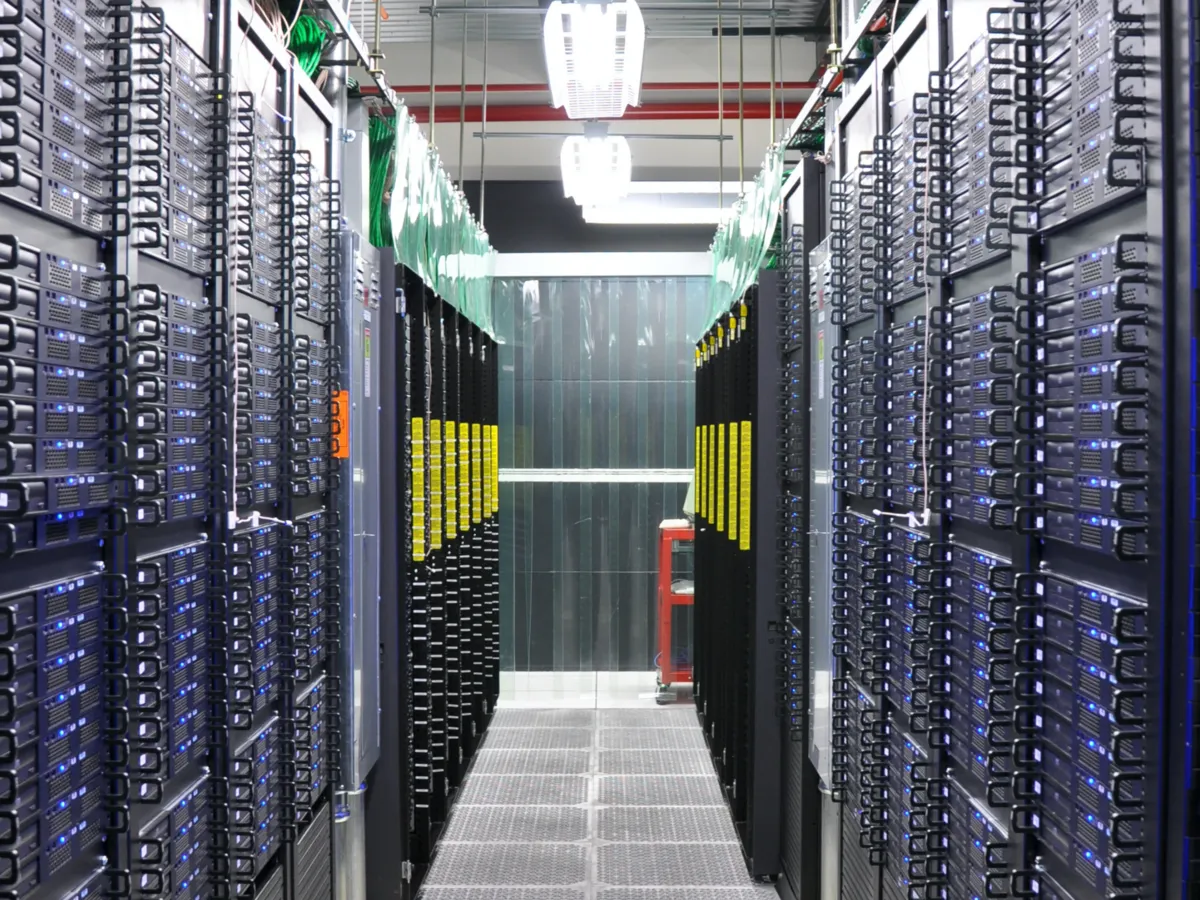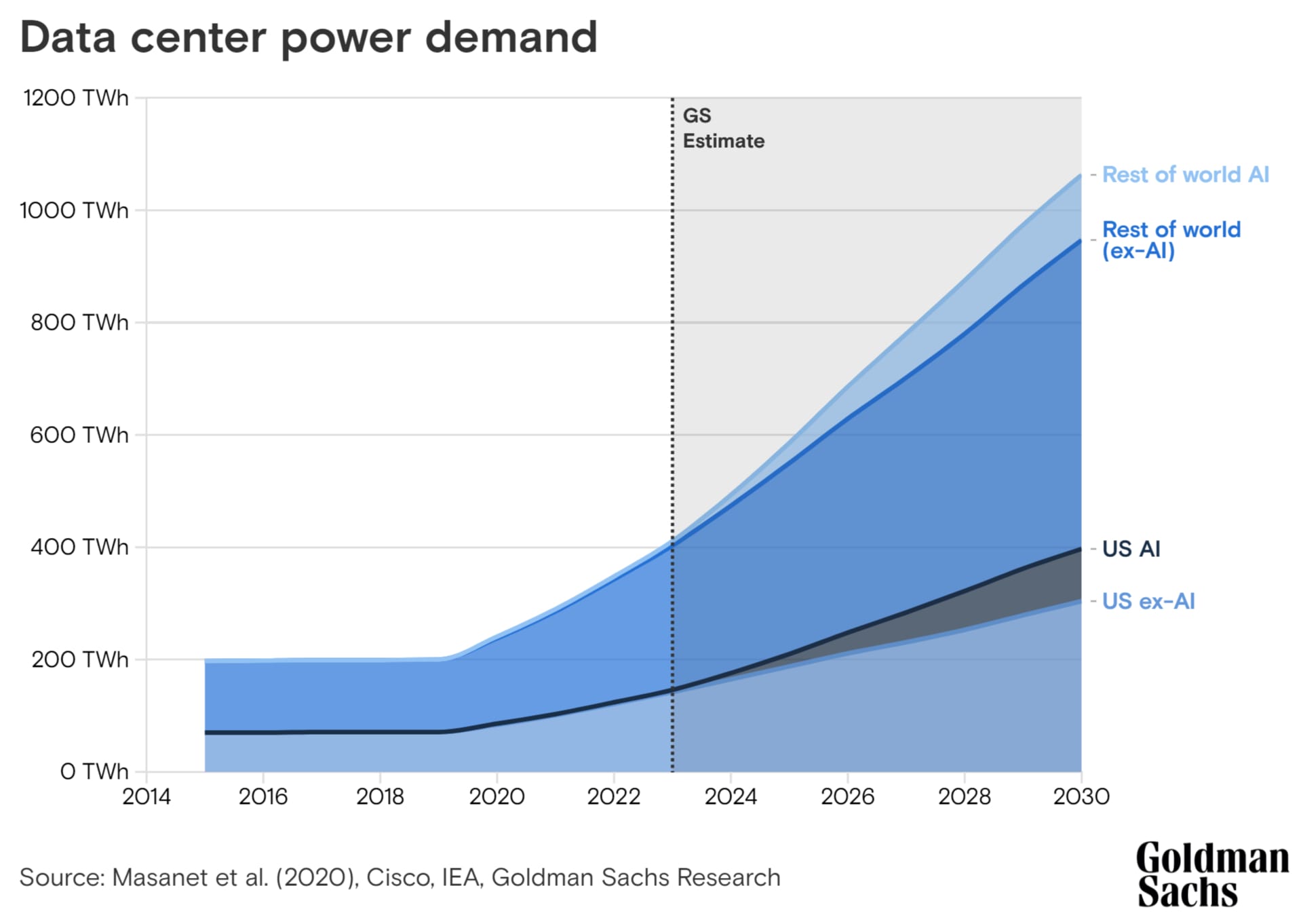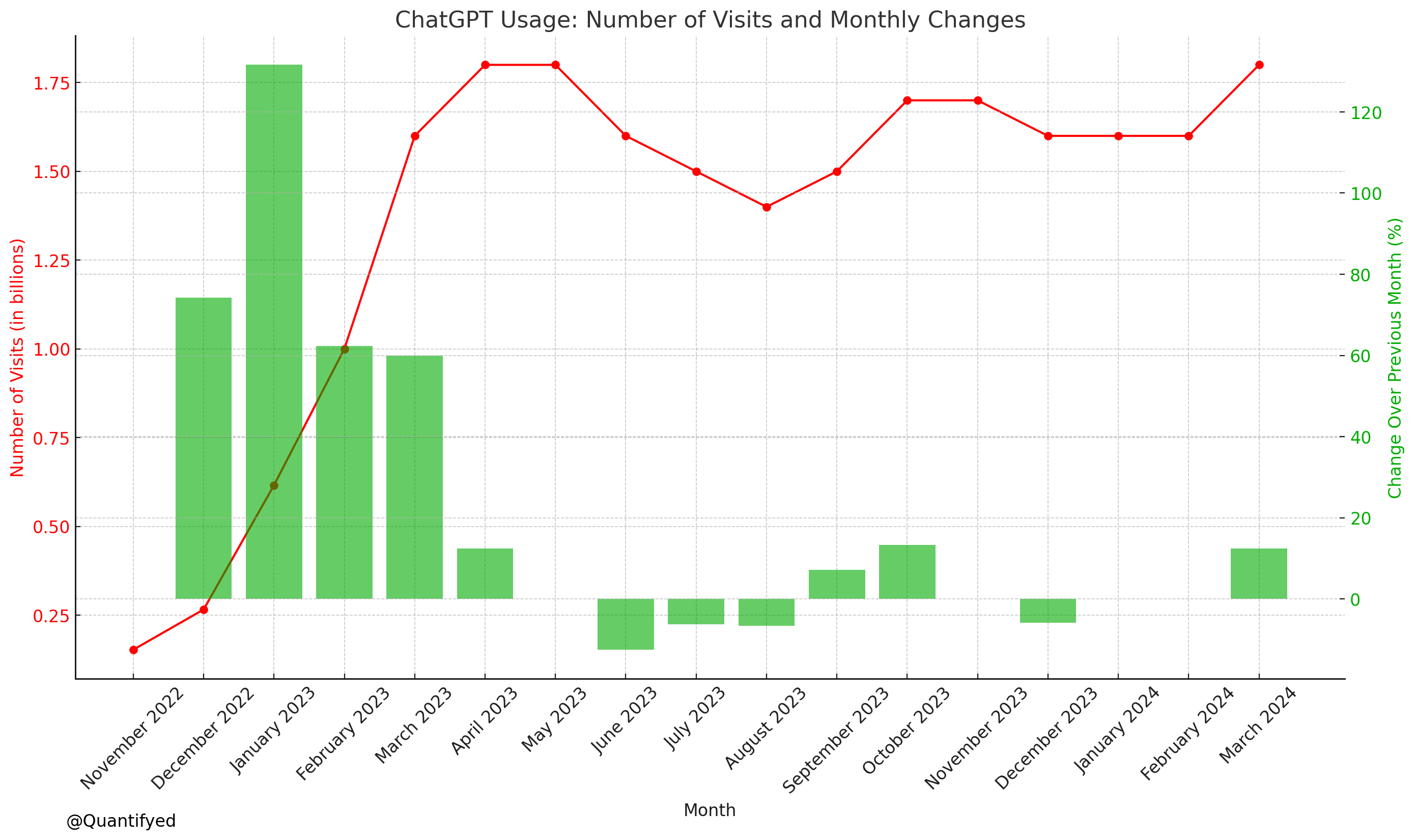Featured Posts

Let’s talk markets. Specifically, let’s talk about what just went down (literally) in the Nasdaq this week. If you’ve been paying attention—or maybe even if you haven’t—it’s gotten pretty ugly pretty fast. I even tweeted something about it: Markets take the stairs up

The drop happened fast! If you blinked sometime in February, you might’ve missed that we were at new all-time highs. Now? We're in full correction territory. Just yesterday, the S&P 500 fell more 2%, and now close to 10% in less than a month. Not

Did you know that 56% of Wisconsin’s agricultural exports could be impacted by tariffs from Canada, Mexico, and China? Wisconsin now represents the 11th largest exporter of agricultural products in the U.S., up from 13th in 2023 (WI DATCP). In 2024, Wisconsin’s agricultural exports reached $3.97

So, here’s something no one seems to be making a big deal about: tariffs are rising fast, and they’re dragging the US economy down. You won’t hear much about it in the headlines, but the effects could start to pile up. Higher prices, weaker growth, and more

With our unlimited demand for artificial intelligence, researchers at Goldman Sachs calculated how our energy consumption is going to be impacted.
Analysts at Goldman Sachs recently published a paper analyzing the impacts of data centers on our energy usage, and their research estimates that data center power demand will grow 160% by 2030.
It isn’t that our demand for data has been slow in the past. Instead, data center workloads nearly tripled between 2015 and 2019. Although during that period, data center demand for power remained flattish, at about 200 terawatt-hours per year; largely because of efficiencies in how they used power.

Since 2020, efficiency gains have flattened, and power consumed by data centers has risen, A LOT. Some AI innovations could improve computing speed faster than they ramp up their electricity use, but using AI will still cause an increase total consumption of power.
Stated by the International Energy Agency, a single ChatGPT query requires 2.9 watt-hours of electricity, compared with 0.3 watt-hours for a simple Google search.

Monthly usage averages 1.7b visits per month, and growth has relatively flattened since it's inception in late 2022. Ongoing advancements will increase convienence for users, expanding it's network effect.
Today, data centers currently consume 1-2% of overall energy, but this percentage will likely rise to 3-4% by the end of this decade. This will have a significant impact on our global footprint– the carbon dioxide emissions of data centers may more than double between 2022 and 2030.
Hopefully companies will gather their energy from renewable resources, like nuclear, which has been a hot topic recently with companies like Oklo, a nuclear energy startup that recently IPO'd and partnered with OpenAI.
What will happen to our energy sector?
Over the last decade, US power demand growth has been flat, even though our population and economy have grown. Efficiencies have helped; examples like the LED light, which has driven lower power use. But that is going to change. Between 2022 and 2030, Goldman Sachs estimates the demand for power will rise roughly 2.4% — and around 0.9 percentage points of that figure will come from data centers.


